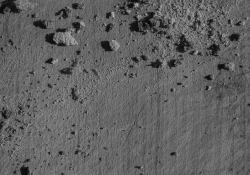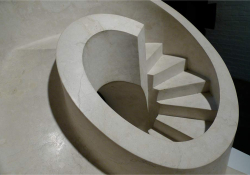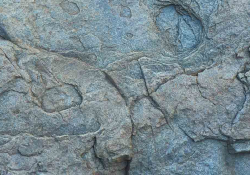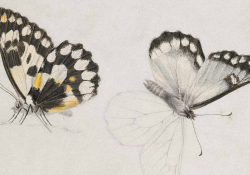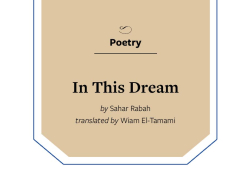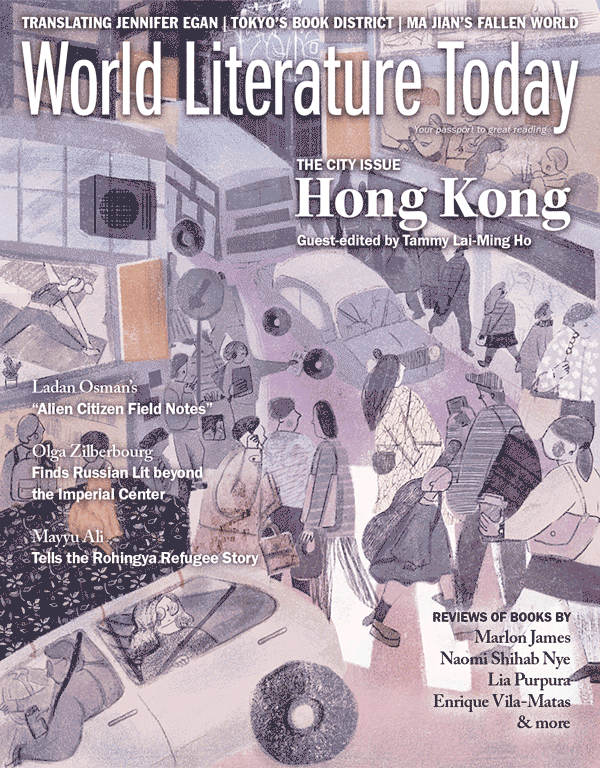Two Poems
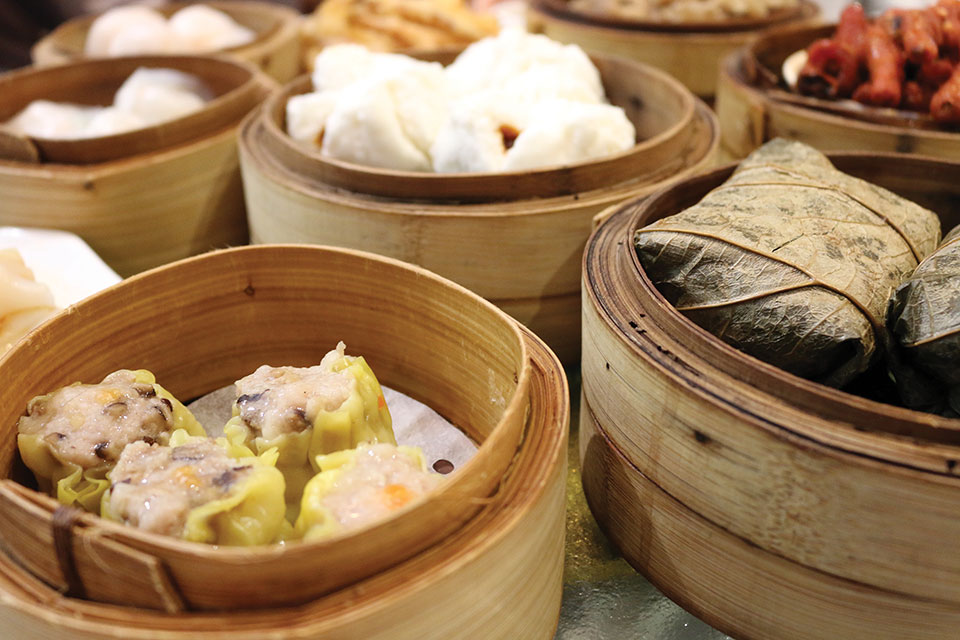
Dim Sum Cart
Dim sum house in Mongkok, the crowded, traditional
one with gleaming walls, red flowery carpet,
you squeeze through waiters and eaters, tables and chandeliers
to your seat. I am a three-month-old dim sum cart
coming from the kitchen, tailored in European steel, pieces
carefully cut, bent, welded together, and four wheels smooth enough
for my pusher to travel at ease, even running over a fallen chopstick
or pork bone. You peep through my glass doors into desserts,
fried dumplings, fading memories that release your saliva
but there are secrets inside – petroleum gas and a stove head
to keep the food steaming, and a space for spices, sauces,
utensils that make me a walking minikitchen. A luminary in the house,
a vehicle embracing human touch and bringing dialogues, as in
What is the brownish soup you are stirring on the cart?
Good stuff with jujube – newly mixed. Wanna try?
My job, hectic as the day, a stark schizophrenia.
This round I carry salty dishes – lion’s head, shrimp dumpling,
tofu skin roll deep-fried to golden yellow, each in piles
of ten to twelve bamboo steamers. Next you see
different kinds of steamed buns in snow white, and a giant bamboo basket
containing Cantonese sponge cake, along with a whiff
of warm butter and coconut milk. During lunch hour my pusher shouts
ho yip fan, yet the happy children are already waiting for
sweets – egg tarts and sesame balls, waiting for the scent of vanilla
and corn oil freshly delivered from the oven. A clamour bursts out
each time they discover a brand-new dish on a familiar cart
that returns like a revolving merry-go-round, even for one moment
all dim sum carts in the house turn into wooden horses, galloping giraffes, flying tigers
and although you may have failed to notice any of this, the appetite
of Hongkongers is driven by a symphony of nostalgic tastes.
Silk Stocking Milk Tea
Neither trick nor acrobatics –
a string of movements they call
fast, brutal, accurate.
No trace of a ladies’ sock, no herbs,
no bird’s nest, no powder
of pearls but they love it.
Kitchen in a dai pai dong,
a steel urn held high, I pour
the hot, brown tea into another urn
at a force like waterfall
that expels the grassy smell
of tea leaves, pull the stream
of liquid above head height
for the tea to ferment into fragrance –
repeat with the unfailing strength
of my arm and waist through years
of painful practice. The matrix
of techniques, lifelong experiences
my father handed down to me
has transformed to a chain of reflexes,
as how a cloth colander is sewn
to filter out tea residue
once thought to be a silk stocking –
or the blend of different teas
just right to make a gleaming colour,
a resonant taste and smoothness.
But before that the tea has to be brewed
and crushed onto milk like East
meeting West, foamed with sugar,
flavour of the colonial past.
Here’s your milk tea. And if
I could tell them something more: here am I –
for the passing on of a heart.


